January 25, 2016
Fourth industrial revolution + UK’s best employers + Big data and design 0
 In this week’s Insight newsletter; Mark Eltringham says work is still good for us; but five million jobs could disappear worldwide over the next four years in the fourth industrial revolution; and 40 percent of young workers believe their current job could be replaced by automated systems. More than half of US firms still allow smoking in the workplace; over a third of UK employers have introduced flexible working to reduce absenteeism and British firms lead the top UK employers list. Digitisation still has a largely positive effect on our working lives; and a huge surge in the availability of Big Data infrastructure in EMEA countries predicted over the next four years. And regional office take-up reaches 20 percent above the five year average. Download the latest issue of Work&Place and access an Insight Briefing produced in partnership with Connection, which looks at agile working in the public sector. Visit our new events page, follow us on Twitter and join our LinkedIn Group to discuss these and other stories.
In this week’s Insight newsletter; Mark Eltringham says work is still good for us; but five million jobs could disappear worldwide over the next four years in the fourth industrial revolution; and 40 percent of young workers believe their current job could be replaced by automated systems. More than half of US firms still allow smoking in the workplace; over a third of UK employers have introduced flexible working to reduce absenteeism and British firms lead the top UK employers list. Digitisation still has a largely positive effect on our working lives; and a huge surge in the availability of Big Data infrastructure in EMEA countries predicted over the next four years. And regional office take-up reaches 20 percent above the five year average. Download the latest issue of Work&Place and access an Insight Briefing produced in partnership with Connection, which looks at agile working in the public sector. Visit our new events page, follow us on Twitter and join our LinkedIn Group to discuss these and other stories.






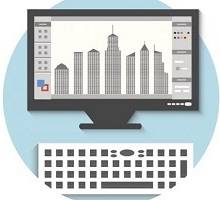



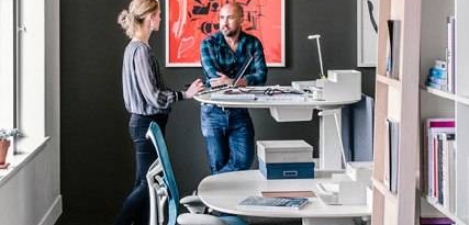
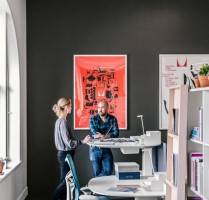


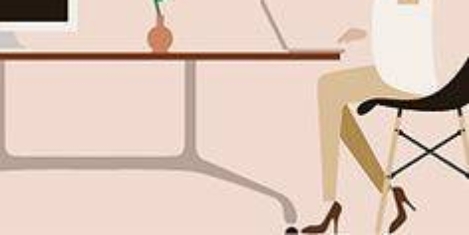

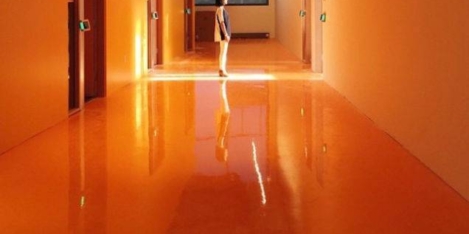

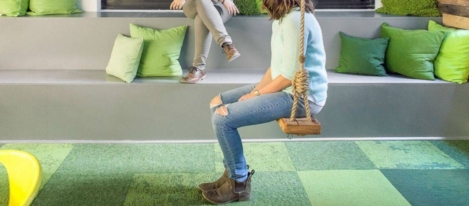

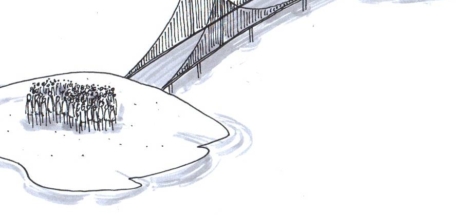










January 12, 2016
A cynic’s field guide to workplace terminology, part three 0
by Simon Heath • Comment, Facilities management, Technology, Workplace, Workplace design
(more…)